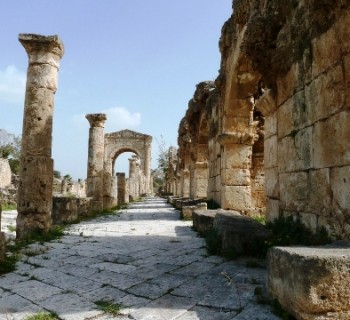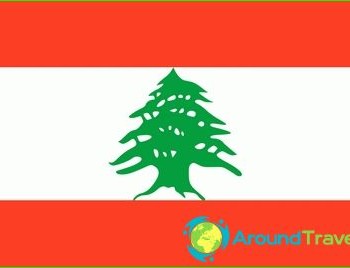Beirut - the capital of Lebanon
Picturesque Beirut is rightfully called the Paris of the Middle East. The capital of Lebanon successfully combines the freedom-loving European spirit and ancient Arab traditions. The same applies to the cultural attractions of the main city of the country: here you can see the buildings of the ancient Romans and Byzantines, religious buildings of Christians and Muslims, beautiful parks and gardens. Any tourist coming to Beirut for a few days or weeks will find something to do.
Main female interest
Shopping in Beirut is a fascinating business that takes a lot of time and effort, but delights with acquisitions. Leading Lebanese couturiers (there are some) offer their outfits in famous boutiques located in the area of Hamra or Verdun streets. Exquisite silk, the most delicate chiffon - favorite fabrics of local craftsmen will be appreciated by any European fashionista.
The central market of Beirut is one of the oldest in the country.It is here that you can find all sorts of authentic gizmos that will become the envy of any collector of antiquities. El-Taeib is another capital's oriental bazaar, its main directions are agricultural products, as well as products of folk Lebanese crafts.
The main attractions of Beirut
The city map will tell you where you can get acquainted with the most beautiful places in the capital of Lebanon. There is no need to look for descriptions in tourist brochures, in reality everything is much more beautiful and fantastic. Beirut has three main areas of interest for city visitors:
- architectural monuments of the past, including palaces, temples, mosques;
- colonial architecture preserved in the historic center;
- natural beauty, first of all - Pigeon rock.
The religious buildings of the Muslims of Beirut require special attention; the fantastic beauty of the Great Mosque, or the Majidiyya Mosque, which is cult for local residents, will not leave indifferent any guest. As a rule, most of the tourist photos will capture sacred architecture - not only Muslim, but also Christian (both Orthodox and Catholic).
No less exciting will be the acquaintance with the palaces of Beirut, including the medieval castle of the Crusaders, Gray Serai, and the clock tower, built by skilful Turkish architects. The ancient Romans also left traces of their stay in the city, including the baths, basilica columns and the Beritus colonnade..
The Solider area invites you to plunge into the elegant colonial-style architecture, and the Ravshe area invites you to enjoy the beauties of Lebanese nature, where you can walk through coniferous forests, parks, the Botanical Garden and see the famous Pigeon Rock.


